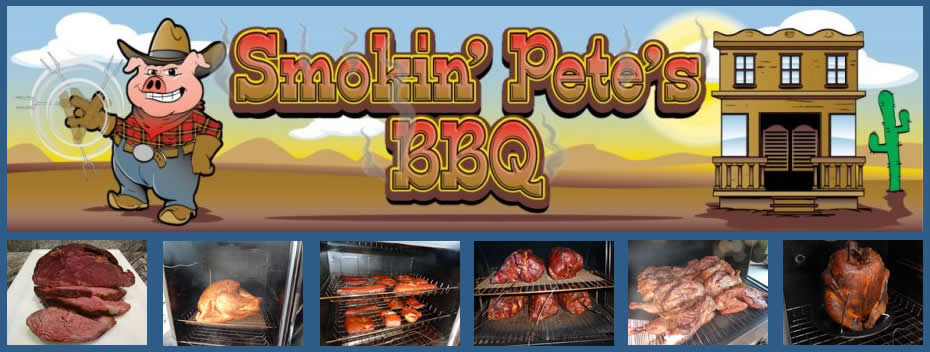What better way of starting the New Year, 2013, than Hickory Smoking a couple of Tri-Tip Roasts on my MAK 2 Star Wood Pellet BBQ Smoker-Grill!? Like everything else these days the price of Tri-Tip roasts remain high. Stores like Costco, Sam’s Club, and Cash & Carry still have reasonably priced meat, poultry, and seafood. Started with Costco U.S.D.A. Choice Beef Loin Tri-Tip Roasts. Each Tri-Tip Roast weighed in around 2½ lbs and at $5.99/lb they cost $16 each! But smoked/cooked properly they’re worth every penny …
The U.S.D.A. Choice Tri-Tip Roasts were rubbed with Annie’s Roasted Garlic Extra Virgin Olive Oil and my special blend of spices which for now will remain a secret. If you click on the image you’ll note the wonderful marbling present in these Choice roasts. Wrapped the seasoned Tri-Tip roasts in plastic wrap and refrigerated overnight to allow those seasonings to work their magic.
Preheated the MAK 2 Star Wood Pellet BBQ Smoker-Grill to 225ºF using Pacific Pellet Hickory BBQ Pellets. Smoked the Tri-Tip at 225ºF for an hour before increasing the temperature of the MAK 2 Star pit to 280ºF until the internal temperature of the roasts reached 145ºF.
Many people recommend cooking the Tri-Tip to an internal temperature of 125-135º and will use a reverse sear at high temps to finish their cook. Took a total time of about 3½ hours from start to finish. ½ hour to preheat the MAK 2 Star, 2½ on the pellet grill, and 20 minutes under a foil tent. You should always rely on the meat internal temperature versus time. The meat will be done when it’s done …
Rested the Hickory Smoked Tri-Tip roasts under a foil tent for 20 minutes before serving. A Tri-Tip roast has grains that run a couple of different directions and can be tricky to carve. Always carve a Tri-Tip across the grain. In the photo below, I carved half the Tri-Tip across the grain and the portion not sliced yet clearly shows the grain of the meat going from right to left and therefore I sliced across it. When carving, you should also hold the knife at a slight angle which enhances the tenderness and flavor. Cutting at an angle is called cutting on the bias.








FunDozer
Can’t wait to try your recipes
I can smell your delicious cooking down the street at my house and it smells terrific
Guy
Jake R
Why carve across the grain? I was under the impression you should carve with the grain.
smokerpete
The reason chefs have been telling us to slice our meat against the grain is because it causes muscle and tissue fibers of the meat to be shortened. It’s not just the cut of meat that determines how tender it is but how it is cut. Bottom line – it makes the meat tender and easier to chew. We’ve all come across a piece of meat carved with the grain that no matter how long and hard we chew it, it just doesn’t break down … so we nonchalantly wind up spitting it out in a napkin.